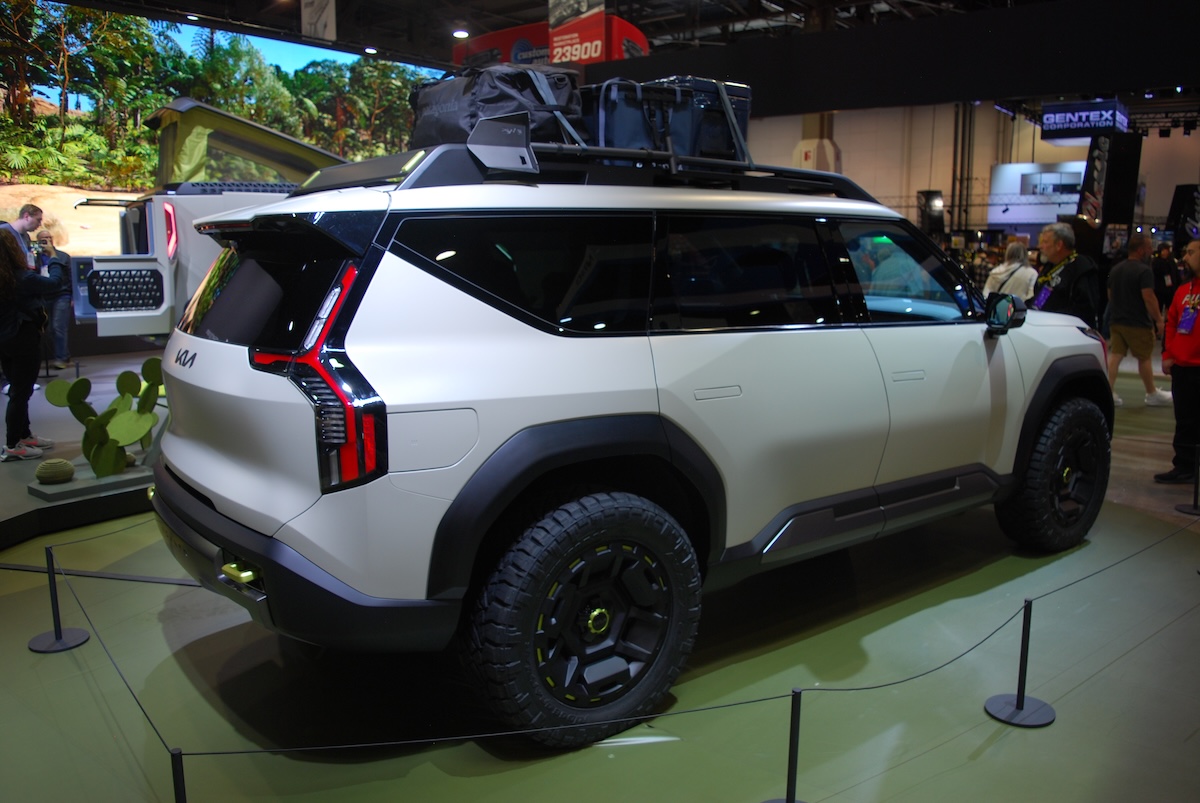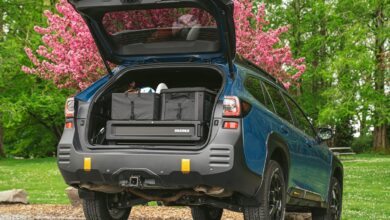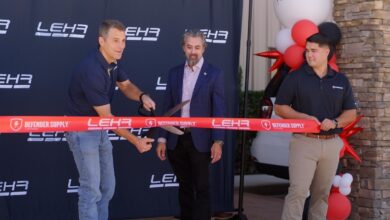Committing to Product Diversification Keeps Shops Active & Adaptable
It makes sense to first look at expanding into new parts or services that are related to your existing offerings...
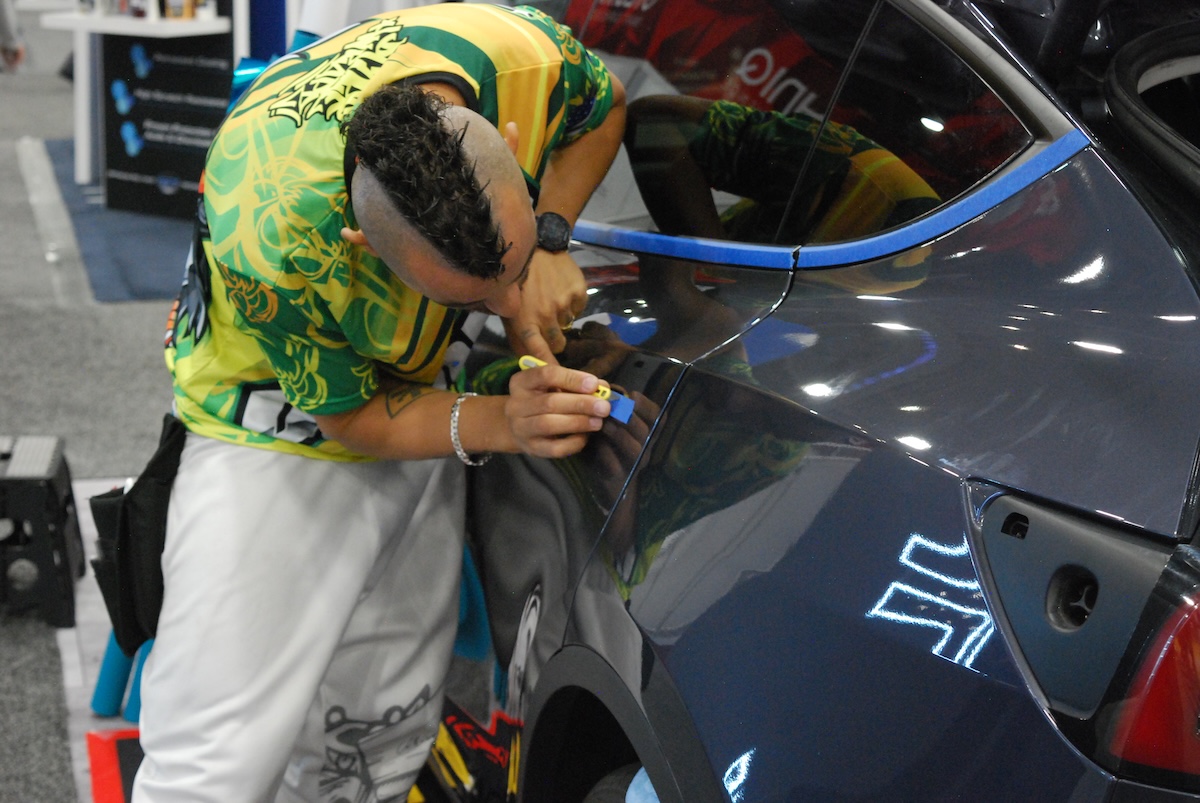
This article originally appeared in the October 2025 issue of THE SHOP magazine.
There’s never a dull moment in the restyling world and the ever-changing aftermarket. It has always been a challenge that vehicle models change every four years—sometimes with refreshes in between as well—requiring updated parts that fit the new designs.
Then, it seems like when you do find a restyling package or product offering that works well at one of your dealerships, suddenly the general manager or sales manager leaves, and you have to basically start all over with a new person to win the business again.
Such is the life of a restyler—waiting for new vehicle models, then waiting for manufacturers to make the correct accessories, then waiting for a dealership manager to let you put something on that model and then waiting for a customer to buy it.
This is why so many shops over the years have diversified into a variety of different products and services. It isn’t because we’re bored with our inventory or our offerings—it’s because restylers can’t survive if they don’t diversify.
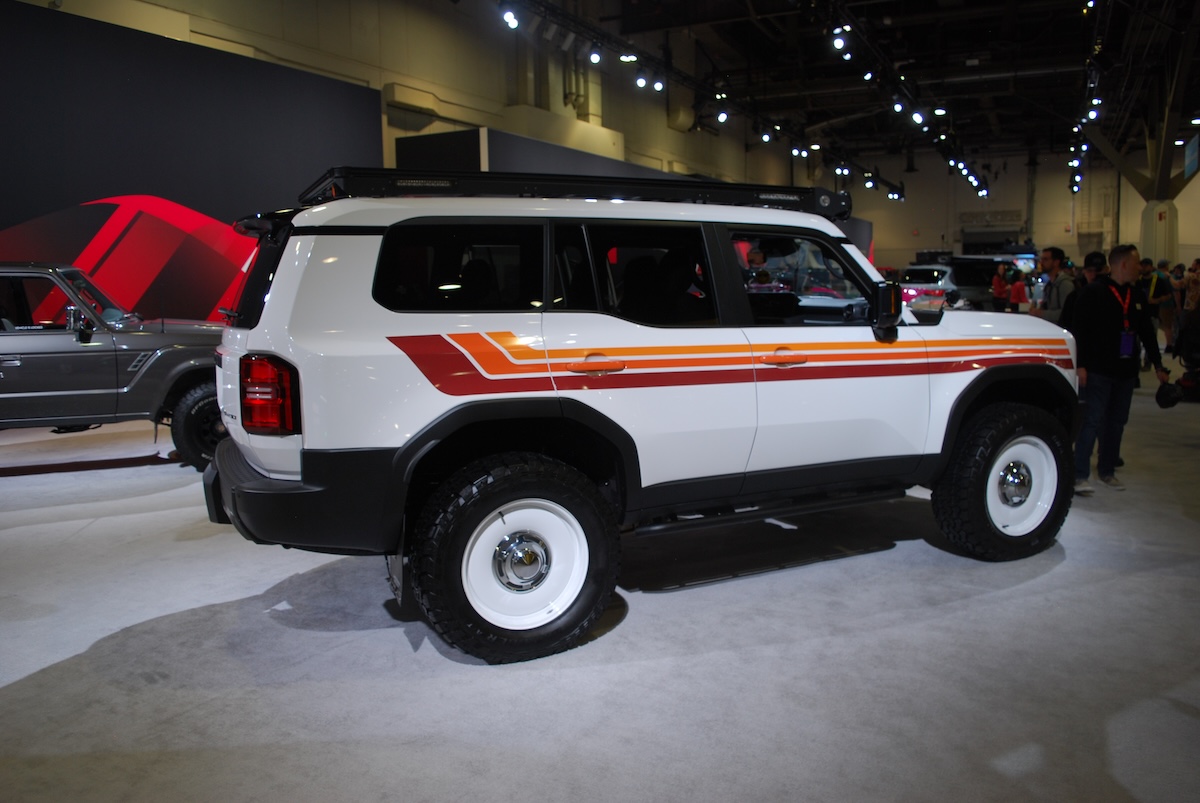
CONSTANTLY EVOLVING
Looking back over the years, aftermarket products are constantly evolving. Maybe your shop at one time installed vinyl pinstripes, bumpers (OE style when bumpers didn’t always come on trucks), moldings, deck racks, simulated convertible tops, gold packages, chrome packages, radios, Bluetooth, auxiliary jacks, fiberglass running boards, pop-up sunroofs and more.
I guarantee if you still do any of these it isn’t at the volume you did in the past, and so you’ve had to diversify into new products and new services. That adaptability is one of our strengths as an industry—the ability to quickly make course changes like a speed boat compared to a large barge, like the OEMs tend to reflect in their slow adoption of accessory trends and offerings.
My columns would be a lot easier to write if I could diversify into simply having artificial intelligence (AI) do the work, as is the trend these days in other markets. But AI has never had to wonder which products or offerings it needs to look for and try to sell to make ends meet.
However, AI was able to help me with understanding different avenues of diversification for today’s restylers. Some of these suggestions are closely related, and an argument could be made to recategorize something I mention. For simplicity’s sake, here are some examples of ways to diversify:
Horizontal Diversification
It makes sense to first look at expanding into new products or services that are related to your existing offerings.
For example, a shop that does 12V items like remote starts and cruise controls might expand into new 12V offerings like ambient lighting or light bars. Or a film shop that focuses on tint and PPF may add some color-change wraps.
Look to grow your product line with offerings that require little extra work. It is probably the easiest type of diversification because your technicians are already familiar with the installs, your current suppliers may also carry these new products, and your sales and marketing has already created effective messaging. Consider your current accessories and see which “horizontal products” make sense to add.
Vertical Diversification
Next comes integrating operations either upstream (toward suppliers) or downstream (toward customers). We see this in our industry when a manufacturer begins to open up shops or installation centers, or when a car dealership tries to install its own accessories.
Over the years I’ve seen these types of efforts fail more often than they succeed. The idea of diversifying this way looks great on paper, but the execution is much harder than it initially appears.
However, one way for shops to diversify vertically is when they offer their products to other sources, such as when a retail-focused shop starts looking for wholesale customers or vice-versa. Consider ways you can diversify vertically, either upstream or downstream—possibly through fleet or municipal partnerships or collaborations with other types of vehicle ownership groups—to bring more sales to your store.
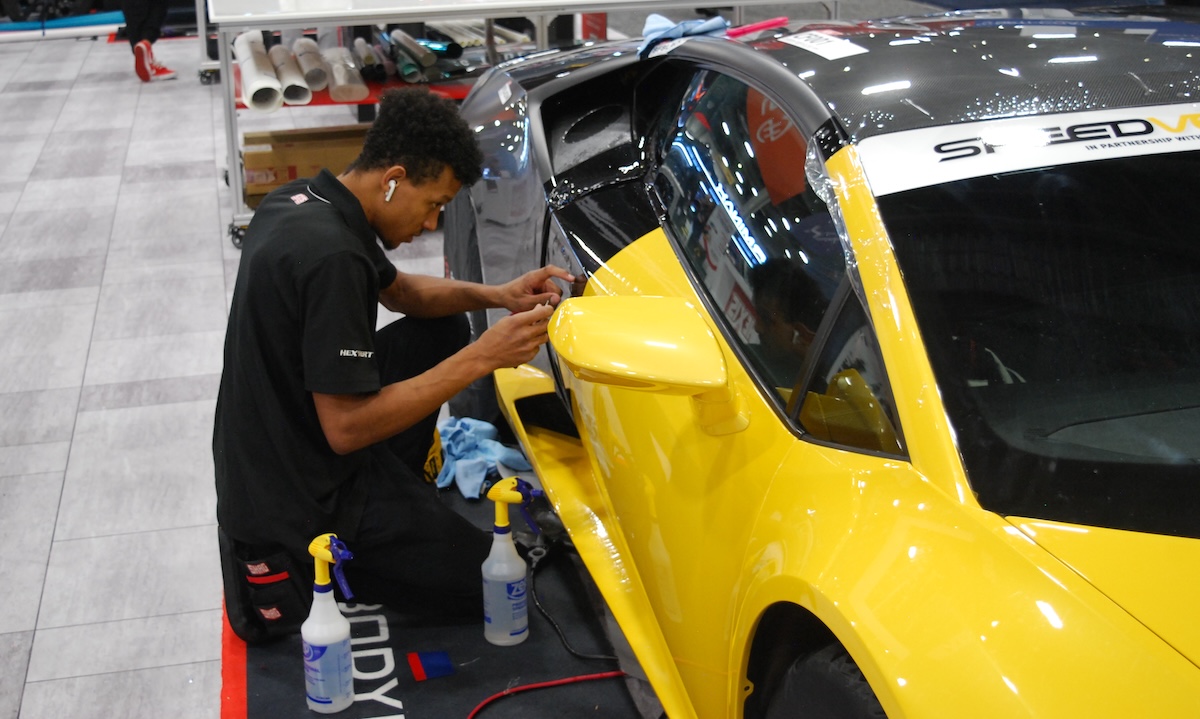
Concentric Diversification
Concentric diversification involves entering a new business that has technological or marketing synergies with existing lines.
There are a lot of synergies in the automotive field. For instance, some restylers have ventured into providing film products, body and paint work or fleet products, or offering vehicle sales, automotive repair, key replacement, etc.
These are all examples of synergies where a current customer base might look to you for a solution. It takes a good deal of planning before simply jumping into offering a new type of business.
Do you have the expertise, personnel, software or tools, understanding of the market and a supplier to all make it work? If so, concentric diversification can be a lucrative way to add on to your business.
Conglomerate Diversification
Conglomerate diversification is defined as venturing into an entirely unrelated business. This one may not be a big option for many restylers, but a few successful examples do come to mind.
For instance, if you are looking for a new building for your shop, have you thought about buying a structure larger than you need and the becoming a landlord by renting out the extra space?
For years, our company owned some land behind our shop and used it as RV/boat storage, which helped with passive, reliable income every month.
I also know of other shops that have started renting cars to individuals—again a totally separate, unrelated business but a way of diversifying for additional income.
Hopefully, at least one of these makes sense for your business as we all wait for that next unexpected market change and prepare to diver-survive and thrive!
Named the 2022-23 SEMA Person of the Year, Josh Poulson is the principal of Auto Additions in Columbus, Ohio, which was named Restyler of the Year, 2012-13. Auto Additions offers a complete line of product upgrades including 12V and appearance packages with a specific focus on the dealership segment. Josh is immediate past-chairman of the SEMA PRO council.
